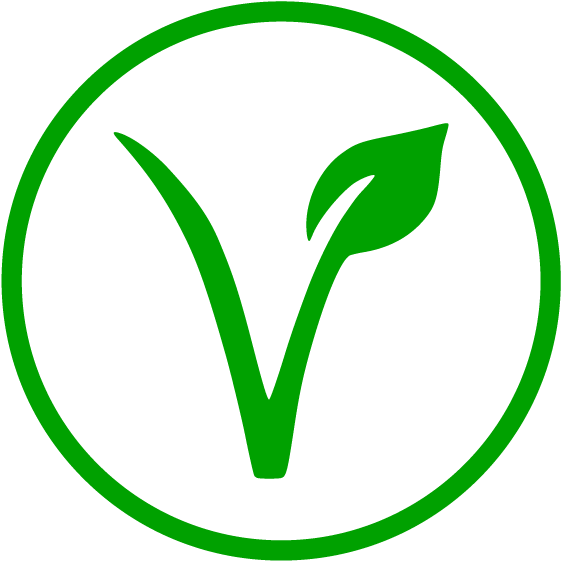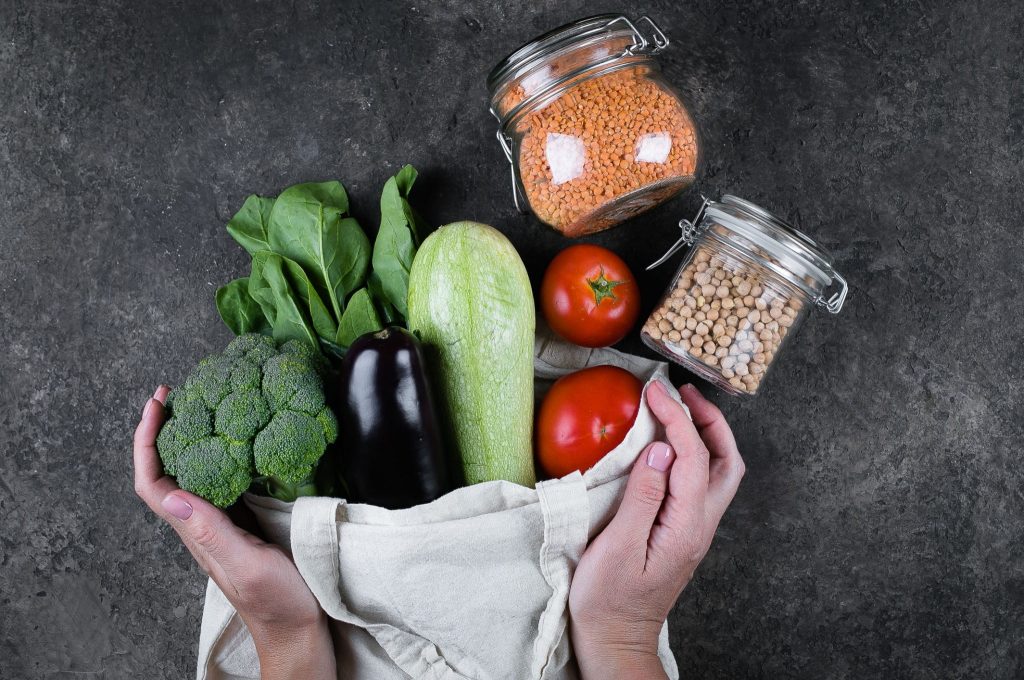You may be wondering – where do vegans get protein?
Perhaps you are looking into becoming a vegan. Or you have already started this lifestyle, yet you want to make sure that you get the best sources of proteins in vegan diet.
No matter where you’re at in this vegan lifestyle, there’s no need to worry – you can definitely have a good amount of protein by simply eating the right foods for you. Here are some good sources of protein for vegan that you need to include in your diet.
Where Do Vegans Get Protein
What do vegans eat for protein? So many!
This is why you should not even worry about not getting enough protein because it is never an issue in a vegan diet.
In fact, you can find protein rich food vegan folks just like you would absolutely love.
But first, let’s talk about the type of protein in a vegan diet. First of all, proteins are composed of amino acids such as threonine, valine, isoleucine, leucine, histidine, tryptophan, lysine, phenylalanine, and methionine.
Protein has 20 amino acids and 11 are considered as “non-essential”. Hence, you do not need to worry about getting these from foods because your body makes them for you!
However, protein quality is important when it comes to choosing foods with this important nutrient. This is why you need to make sure you are getting the best sources for your optimum health.
So where do vegans get their protein? More on this in the next section.
Best Vegan Protein Sources
There are numerous protein sources for vegans, which add to the ease of including this nutrient in your diet. Here are the best ones.
1. Nuts and Seeds
These offer an abundant supply of protein. Most importantly, you can easily munch on these – eat them on their own, add to your shake or smoothie, sprinkle onto your salad, or make a nut butter to spread on your toast.
Among the best nuts to eat for protein include hemp seeds, flaxseed, pistachios, cashews, chia seeds, and pumpkin seeds.
2. Tofu
Did you know that tofu contains all 9 essential amino acids? This is why it is a staple in the vegan diet. You can get as much as 18 grams of good quality protein per 100 grams of tofu.
As a bonus, tofu is quite a versatile food. You can grill, fry, or saute it with your vegetables. You can also add it to your soup for extra protein and other nutrients.
3. Lentils and Chickpeas
If you want a quick protein source, then chickpeas and lentils are great options. You can simply make yourself lentil soup or dal, or even a serving of hummus using chickpeas for a protein boost.
Lentils have 26 grams of high quality protein while chickpeas have 19 grams. But that’s not all – you can also get other nutrients from these legumes including manganese, iron, potassium, and fiber.
4. Beans
Next up, another vegan staple, are beans. These are easy to cook, versatile, and very satisfying. You can quickly add these to your recipes such as your rice bowls, wraps, soups, and casseroles.
Kidney beans have the highest protein content, which is at 13.4 grams per cup. Peas are also good at 8.2 grams a serving.
In addition to their protein content, beans are fantastic sources of minerals and vitamins. You can choose from different types of beans such as pinto beans, navy beans, peanuts, soybeans, and black beans, to name a few.
5. Tempeh
A typical food in Asian cuisine, tempeh is made of soy, which makes it another excellent source of protein for vegans. It has a unique texture and not a lot of flavor, which is why it is best to add your choice of seasoning and spices to it such as soy sauce, chili powder, cumin, and so on.
You can simply marinate tempeh to let it absorb all the flavor. Then, bake it or fry it according to your preference. In many vegan dishes, tempeh is typical in rice bowls or poke bowls, as well as a substitute for bacon in many breakfast dishes.
Moreover, you can crumble tempeh to add to your tofu scramble. Or, you can fry crumbled tempeh as a vegan alternative to ground meat in your pasta dishes. Some people also add tempeh to their burritos, mixed in with corn, tomatoes, avocado, onion, and the works!
6. Nutritional Yeast
If you’re on a vegan diet and miss eating cheese, well, guess what – you can munch on nutritional yeast or sprinkle it on your dishes for that cheesy flavor!
Nutritional cheese is a great add-on to your mac and cheese, popcorn, pasta, or to make vegan cheese dips. Not only is it loaded with flavor but it’s rich in protein, too.
Best of all, nutritional yeast is another type of food with complete protein. This means that all of the 9 essential amino acids are present. Just a couple of tablespoons give you 9 grams of protein.
7. Vegan Meat Alternatives
Not exactly a newcomer in the vegan food scene, it is so easy to find plenty of vegan meat alternatives nowadays. You can find imitation meat products such as burgers, sausages, hotdogs, and even ground “meat”. But the interesting piece is that there’s zero meat in these foods at all!
Vegan meat is usually made of soy protein or wheat protein, which explains the high amount of protein in every serving. If you like a fun twist to your daily meals, then vegan meat is a nutritious and tasty addition.
Just be sure to check if the vegan meat in question is gluten-free, if you suffer from gluten-intolerance.
Final Thoughts
We hope this answers your question, “Where do vegans get protein.” As you can see, vegans don’t have to worry about not getting enough protein because there are simply so many foods packed with this nutrient.
So, go ahead and delight in these protein-rich vegan sources of protein and be creative in your dishes. You will be amazed at the different recipes you can find that can help you transition better in this lifestyle.

